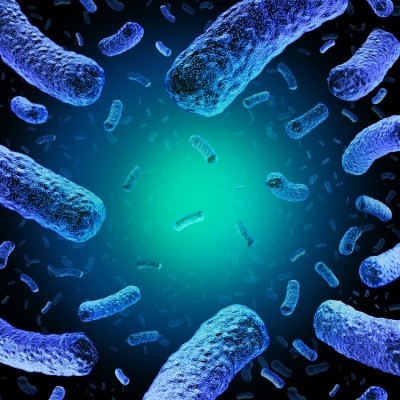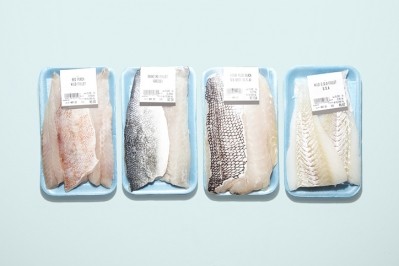How next-gen sequencing tech is advancing food safety testing technologies

Today’s food industry focuses on transparency and a better understanding of foodborne outbreaks to prevent rather than treat their prevalence. Next-generation sequencing (NGS) technology for pathogen detection and strain identification are recent food safety testing technology developments in the food industry to tackle these needs.
Cost, scalability, time to gather results and accuracy are also key considerations for manufacturers, consumers and therefore, the wider food industry when it comes to ensuring food safety.
Robust and multi-step processes that focus on monitoring critical control points, environmental monitoring and pathogen detection in foods are also applied to ascertain food safety.
What does food safety mean?
“In terms of microbiology, food safety means the absence of pathogenic microorganisms,” said Andrew Lin, PhD, a senior scientist at Clear Labs. Today’s consumers expect transparency. They also hope that the food industry employs effective control measures to ensure that the foods they sell are free from pathogens, Lin added.
The food industry uses various measures to reduce the risk of pathogens in their food, including acid, temperature, time, oxygen and moisture, Lin shares. Routine testing for pathogens is one key consideration for ensuring food safety. “The Hurdle concept is that using multiple control measures reduces the risk of pathogens even more,” Lin explained.
The employment of a Hazard Analysis and Critical Control Points (HACCP) system to analyse their process and implement proper controls to ensure food safety is also vital. Lin notes that companies must also consider regulations and develop robust environmental monitoring programmes.
In Europe, the European Commission states that the procedures based on (HACCP) principles are mandatory for most businesses that operate with food or feed in the European Union. “They are essential to put in place, implement and maintain a food safety management system, protecting consumers from hazards,” the European Commission states, referring to HACCP principles.
The evolution of testing technology
The COVID-19 pandemic has impacted the food safety testing technology space, Lin shared, as it has put many workforces under stress. As a result, companies have struggled with staffing, especially in areas requiring particular expertise and training, such as lab technicians. Efficiency and accuracy are now crucial components of the processes required to ensure food safety.
Several techniques, including PCR, qPCR, RT-PCR, and LAMP, can detect nucleic acids and others, notably ELISA, ELFA and lateral flow for antibody-based detection. Food safety technology also identifies strains where sequencing and NGS come in. Other forms of technology include traditional serotyping, MLST, PFGE, DNA array and Bead-based arrays.
Clear Labs is focused on accelerating the adoption of NGS so that more people can leverage it for deeper analytics and insights. NGS strives to provide more accurate, complete insights into food safety testing.
Exploring advanced technologies
Clear Labs focuses on understanding infectious disease genomics through food safety testing technology. Applying its knowledge of DNA sequencing, Clear Labs developed its sequencing service, Clear Transparency. Its service is designed to help retailers and consumers know what is in the products they are buying and where they are coming from.
The automated sequencing platform provider for diagnostics then set its sights on developing NGS technology to address customers’ other food-based needs, including pathogen detection.
“While other rapid techniques such as PCR or ELISA could detect pathogens in foods, Clear Labs’ NGS technology generated millions of reads, covering multiple genetic markers per pathogen,” said Lin.
By developing its platform with built-in redundancy, Clear Labs states its pathogen detection products are more reliable, reducing false-negative and false-positive results, and provide more information such as details on serotype or strain.
With its automated platform, Clear Labs can perform NGS and data analysis to deliver automation and reduce errors while increasing repeatability and robustness with less expertise and training to reduce the hands-on time to between 30 minutes and one hour.
The provider of automated, NGS platforms for diagnostics offers Clear Safety salmonella testing that detects and identifies serotypes, while its Clear Safety listeria testing detects and identifies species and performs similarity analysis of different listeria strains.
Trusting the testing technology
Commenting on today’s most significant challenge in applying food safety testing technologies, Lin shared: “Reluctance by some in the industry to adopt new technologies given the investment or training of staff on new methods.”
Lin adds that the industry needs to develop “rapid, accurate, cost-effective solutions for manufacturers and producers” to overcome this hurdle.
In 2022, Clear Labs is focusing its food safety efforts on liberating genomics, making NGS technology more accessible. It also plans to focus on optimising workflow and data analysis automation to reduce pain points for hesitant consumers.
























